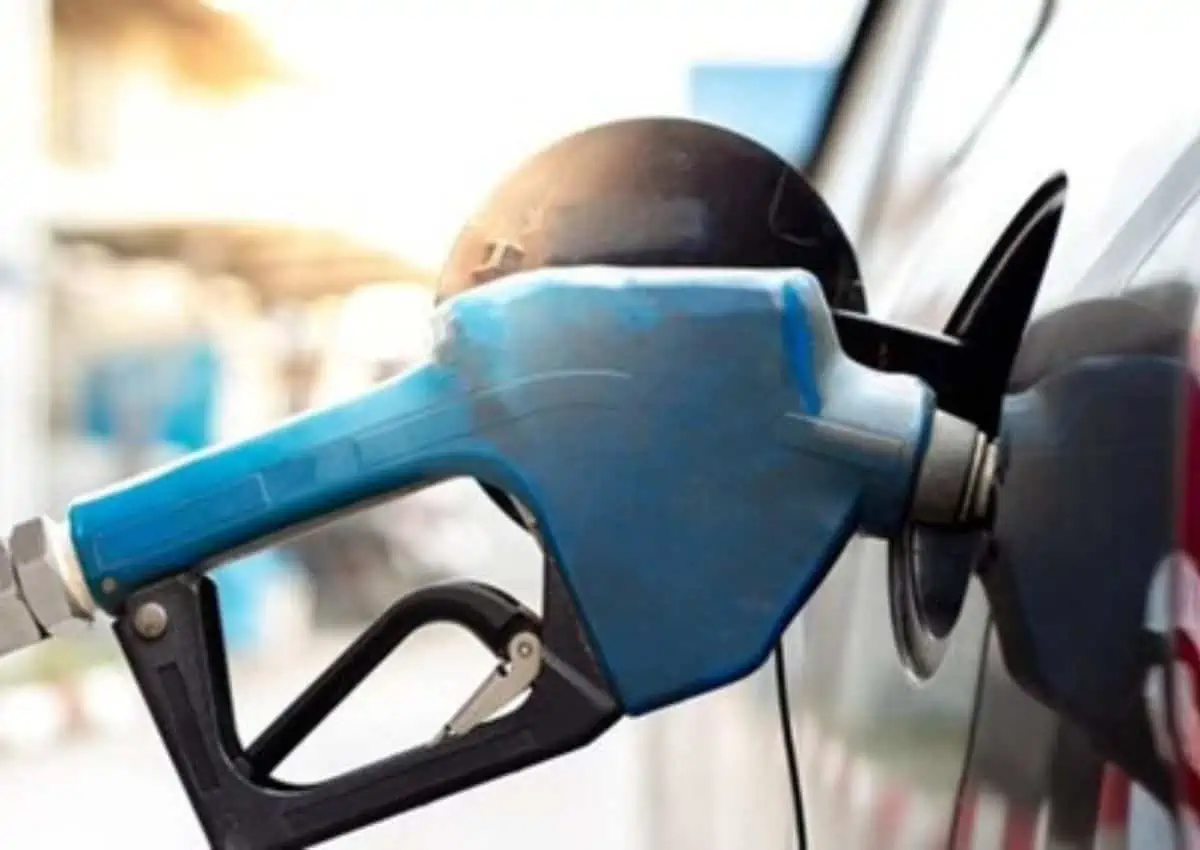As motorists received good news of decrease in the price of petrol and illuminating paraffin, the fall in diesel price has not been as significant, and analysts have raised “red flags” for possible diesel price hikes in the coming months.
On Monday (5 September), the Department of Energy published the latest fuel price update for September with a price drop between 46 and 56 cents per litre for diesel and R2.04 per liter for both grades of petrol.
Neil Roths, chief executive of Debt Rescue, said the department’s announcement was followed by warnings of higher prices of diesel in the near future. The department warned that the demand for diesel will increase globally as the Northern Hemisphere begins to move away from gas heating, increasing demand for middle distillates such as diesel.
Roets said this is a major red flag as diesel is used mainly by farmers haulage vehicles and emergency power generators, and any diesel price hike will have a direct impact on transportation and the cost of manufacturing goods.
He said the added cost would directly affect those who buy the goods.
“This results in inflationary pressure which indirectly affects consumers, as everyone along the supply chain is forced to hike their prices.”
Why the difference?
According to Peter Morgan, the CEO of the Liquid Fuel Wholesalers Association, the subtle change in price is a result of global demand for diesel exceeding the supply of the commodity.
Morgan said the domestic price of diesel id determined by traders who purchase the product from refineries at a flat rate and then sell it to the market.
He added that South Africa’s domestic price links directly with the global economy, including:
- Fuel sale numbers in countries abroad
- Stock levels in different countries globally
- The behaviour of OPEC; and
- Geo-political issues
Morgan predicts that by the end of 2022, South Africa will see demand patterns return to 2019 figure.
Source: Business Tech, image from Twitter
